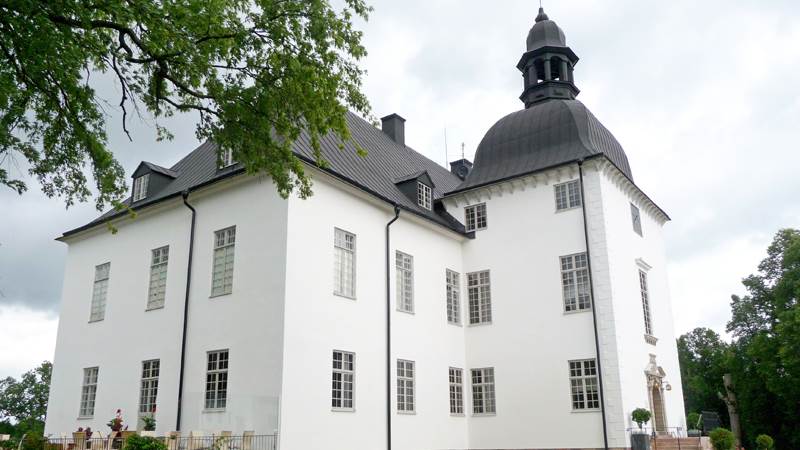Our history
 Årsta slott
Foto: Eva Simonson
Årsta slott
Foto: Eva Simonson
At the beginning of the previous century only 6,000 people lived in what we now call Haninge. By that time small-scale development of the area had already been in progress since the first settlers arrived there after the ice sheet melted about 9,000 years ago. By and by, regular villages were formed, based on hunting and fishing, and after the land elevation, agriculture became the main occupation. For many hundreds of years Haninge was characterised by a peaceful and tranquil way of life – but also, depending on the success of the harvest, by periods of poverty.
There were, however, eras during which Haninge's natural resources became an issue of power and wealth. In the 12th century an industry was built in Haninge that became crucial to Sweden's growth during its period as a major European power. Large iron ore deposits were discovered on the island of Utö; the iron ore was a much sought-after raw material used to make the cannon and other weapons that Sweden needed at the time. The mine on Utö became one of the most important in Sweden, and intensive mining continued on the site for about 700 years.
Strategic choice for kings, nobility and priests
The nobility in Haninge developed during the Middle Ages, alongside agriculture and mining. Haninge had strategic advantages in many ways. Its proximity to the sea and its major natural resources, with vast forests and meadows, attracted rich men, priests, nobles and kings to the area. Manors and stately homes were built. Centres of power were formed. King Gustav Vasa built the kingdom's new naval dockyard in southern Haninge – right next to what is now Häringe Slott, a hotel and conference venue. And the land that now belongs to Årsta Slott, well known among golfers for its 27-hole championship course, is where King Gustav II Adolf assembled his troops in 1630 for the Thirty Years' War. The hundred years that followed were troubled times – not just for Sweden and the wider world, but also for Haninge. This period culminated in 1719 when Russian troops plundered and burned settlements along Haninge's coast.
Haninge as a recreation destination
The Romanticism of the 19th century brought about a renaissance in Haninge. Tourism developed as the area became popular for swimming and bathing, recreation and relaxation. The elite on the Swedish cultural scene socialised in Dalarö and Utö restaurants, hotels and punschverandor – conservatories where they enjoyed a glass of Swedish punch. In a later epoch, celebrities such as the journalist Kar de Mumma, the troubadour Evert Taube and the film star Greta Garbo savoured the enticing freedom of the archipelago. And in Haninge you could also relish a portion of luxury and the good things in life. Axel Wenner-Gren was an industrialist and owned Electrolux. His famous cocktail parties at the manor Häringe Slott did not just attract Garbo, but also other Hollywood stars such as Zarah Leander, Josephine Baker and Danny Kaye. In the unlikely event of guests not being impressed by the archipelago's bathing beaches with their rocks and cliffs, they were sure to be bowled over by the elegant manor and imposing manor park. This was an ideal place in which to relate royal stories from Sweden's period as a great power, accompanied by the fresh breeze from the archipelago.
Senast uppdaterad: 4 oktober 2015
